The 10 Most Costly Business Flops Ever
Do you think outside of the box? Has your boss ever asked you to think outside the box? How many conference calls or presentations have encouraged you to think this way?
When it comes to business, thinking outside the box is a mantra that has long since been passed down from upper level executives to management and hourly staff. This way of thinking is usually good advice to follow since business advancement rarely occurs without taking a chance or risk. If you look around, much of the products and businesses you see are the result of thinking outside the box, from taking chances. These ideas have made millionaires and billionaires around the world.
What happens when thinking out of the box fails miserably? We usually focus on success, but today, let’s focus on a few brand new ideas that backfired so badly, shocks were felt around the world to the tune of $30 million in losses. Some of these ideas are just plain awful while others were good but did not catch the interest of the public. Regardless of the reason, these business flops were a huge pain in the wallet.
Which business ideas were the most costly flops? We found 10 of the most expensive failures that range from sodas and free hamburgers to perceived rip-offs. Interestingly enough, there is a product that many of us use today but failed to catch on when it was originally introduced over 25 years ago. What made the list and how much did these failures set the companies back? Let’s start with a simple recipe change that ignited death threats.
#10 – New Coke ($30 Million)
Many people felt alienated and personally attacked because of the change due to the fact that Coke’s southern roots were being replaced with artificial sweeteners and more “northern” gimmicks. The people that worked at the hotline for Coke were so stressed from all of the calls that the company had to bring in a psychiatrist to make sure the employees were emotionally and mentally alright. Thankfully, the voices of concern and ongoing threats were heard and acknowledged as Coca Cola quickly changed the formula back to what is now ‘Coca Cola Classic.’
#9 – Qwikster ($35 Million)
Qwikster was planned to operate as an entity of Netflix, but work only with DVD’s and video games while operating on a totally different website. The change (accompanied with an increase in prices) made customers very angry, causing nearly 800,000 members to cancel their accounts immediately. This sent stock prices plummeting and the plans for Qwikster were scrapped almost on the spot. Netflix is doing fine now, but that gaffe cost them $35 million.
#8 – The XFL ($70 Million)
The anticipation was huge for the league and they even netted a deal with NBC for the broadcasting rights. The first week of the season saw huge ratings, but they quickly dropped dramatically and the XFL was disbanded after just one season. Vince McMahon regards the project as a colossal failure, and serves a lesson to other people that you simply cannot replace the NFL in America.
#7 – Arch Deluxe ($100 Million)
What people did not expect, though, was just how much McDonald’s would actually market this sandwich. After spending millions to appeal to the upper class, the sandwich was not gaining interest. McDonald’s had already spent the cash on marketing and ingredients, but a lot of it was for waste as no one wanted to pay the extra money for what was basically a newly named Big Mac. McDonald’s spent $300 million on research alone. Yikes.
#6 – Olympics Giveaway ($200 Million)
This was very costly for McDonald’s as they gave away Big Macs for every gold medal, French fries for every silver medal and a drink for every bronze medal that the United States won. Without the Soviets in action, the United States cleaned up at the Olympics and took home nearly 150 total medals. The amount of free items that McDonald’s had to give away set the golden arches back $200 million. You know the loss is bad when there is a “Simpsons” episode about it.
#5 – Microsoft Zune ($289 Million)
While the device itself was actually pretty neat (and did more than the iPod at the time), it never caught on with users. People still preferred their iPods, most likely because they hit the market first. The Zune was seen by many as a knockoff or a copycat device, leading many to never bother with buying one. Had people owned both, the Zune might have won out, but the marketing and unsold product set Microsoft back over a quarter billion dollars.
#4 – RJ Reynolds Smokeless Cigarettes ($300 Million)
The product was essentially what you see in e-cigs today, but the ‘Premier’ by RJ Reynolds did not actually work. People would toss them out after trying it just once. Most consumers even went as far as to call the company immediately to tell them how much they hated the product. After not having any repeat customers (which is huge for tobacco companies), the Premier smokeless cigarette was scrapped after four short months. The failure cost over $300 million in losses.
#3 – Ford Edsel ($400 Million)
Ford invested $400 million into making the Edsel for three years (which translates into over $1 billion in today’s market), but it was deemed just “too big.” People were starting to become more gas conscious and did not want to spend the money on the Edsel when they could get a car that was just as good for much cheaper. Ford was adamant about a rebound after a terrible first year in sales, and finally stopped producing the model in 1960.
#2 – HP TouchPad ($500 Million)
It also did not help that the starting price for the Touchpad was $500. The company spent millions on creating their own mobile operating system that unfortunately never caught on like the iOS or Android systems. This is yet another expensive lesson in a long line of people that have tried to do things better than Apple’s original idea. It seems like egos will still get in the way of people trying to nudge their way into the market.
#1 – HD DVD ($600 Million)
After Blu-ray became more accessible and had a lot more compatible devices (including the PlayStation 3) on the market, it was clear that Blu-ray was going to come out on top. In 2008, Warner Bros. even stopped using HD DVD in their production and signed an exclusive deal with Blu-ray, which only served to put the final nail in the coffin. Just a few weeks later, Toshiba had finally tapped out and stopped making HD DVD’s altogether. Today, HD DVD’s can be found on shelves next to Beanie Babies, both of which are collector’s items that no one really wants.
#9 – Qwikster ($35 Million)
Qwikster was planned to operate as an entity of Netflix, but work only with DVD’s and video games while operating on a totally different website. The change (accompanied with an increase in prices) made customers very angry, causing nearly 800,000 members to cancel their accounts immediately. This sent stock prices plummeting and the plans for Qwikster were scrapped almost on the spot. Netflix is doing fine now, but that gaffe cost them $35 million.
#8 – The XFL ($70 Million)
The anticipation was huge for the league and they even netted a deal with NBC for the broadcasting rights. The first week of the season saw huge ratings, but they quickly dropped dramatically and the XFL was disbanded after just one season. Vince McMahon regards the project as a colossal failure, and serves a lesson to other people that you simply cannot replace the NFL in America.
#7 – Arch Deluxe ($100 Million)
What people did not expect, though, was just how much McDonald’s would actually market this sandwich. After spending millions to appeal to the upper class, the sandwich was not gaining interest. McDonald’s had already spent the cash on marketing and ingredients, but a lot of it was for waste as no one wanted to pay the extra money for what was basically a newly named Big Mac. McDonald’s spent $300 million on research alone. Yikes.
#6 – Olympics Giveaway ($200 Million)
This was very costly for McDonald’s as they gave away Big Macs for every gold medal, French fries for every silver medal and a drink for every bronze medal that the United States won. Without the Soviets in action, the United States cleaned up at the Olympics and took home nearly 150 total medals. The amount of free items that McDonald’s had to give away set the golden arches back $200 million. You know the loss is bad when there is a “Simpsons” episode about it.
#5 – Microsoft Zune ($289 Million)
While the device itself was actually pretty neat (and did more than the iPod at the time), it never caught on with users. People still preferred their iPods, most likely because they hit the market first. The Zune was seen by many as a knockoff or a copycat device, leading many to never bother with buying one. Had people owned both, the Zune might have won out, but the marketing and unsold product set Microsoft back over a quarter billion dollars.
#4 – RJ Reynolds Smokeless Cigarettes ($300 Million)
The product was essentially what you see in e-cigs today, but the ‘Premier’ by RJ Reynolds did not actually work. People would toss them out after trying it just once. Most consumers even went as far as to call the company immediately to tell them how much they hated the product. After not having any repeat customers (which is huge for tobacco companies), the Premier smokeless cigarette was scrapped after four short months. The failure cost over $300 million in losses.
#3 – Ford Edsel ($400 Million)
Ford invested $400 million into making the Edsel for three years (which translates into over $1 billion in today’s market), but it was deemed just “too big.” People were starting to become more gas conscious and did not want to spend the money on the Edsel when they could get a car that was just as good for much cheaper. Ford was adamant about a rebound after a terrible first year in sales, and finally stopped producing the model in 1960.
#2 – HP TouchPad ($500 Million)
It also did not help that the starting price for the Touchpad was $500. The company spent millions on creating their own mobile operating system that unfortunately never caught on like the iOS or Android systems. This is yet another expensive lesson in a long line of people that have tried to do things better than Apple’s original idea. It seems like egos will still get in the way of people trying to nudge their way into the market.
#1 – HD DVD ($600 Million)
After Blu-ray became more accessible and had a lot more compatible devices (including the PlayStation 3) on the market, it was clear that Blu-ray was going to come out on top. In 2008, Warner Bros. even stopped using HD DVD in their production and signed an exclusive deal with Blu-ray, which only served to put the final nail in the coffin. Just a few weeks later, Toshiba had finally tapped out and stopped making HD DVD’s altogether. Today, HD DVD’s can be found on shelves next to Beanie Babies, both of which are collector’s items that no one really wants.



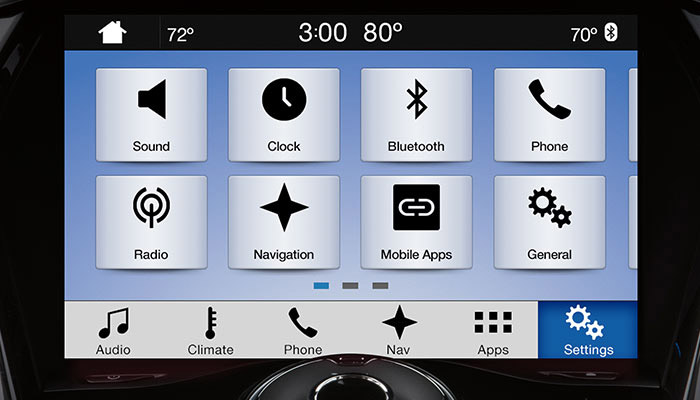
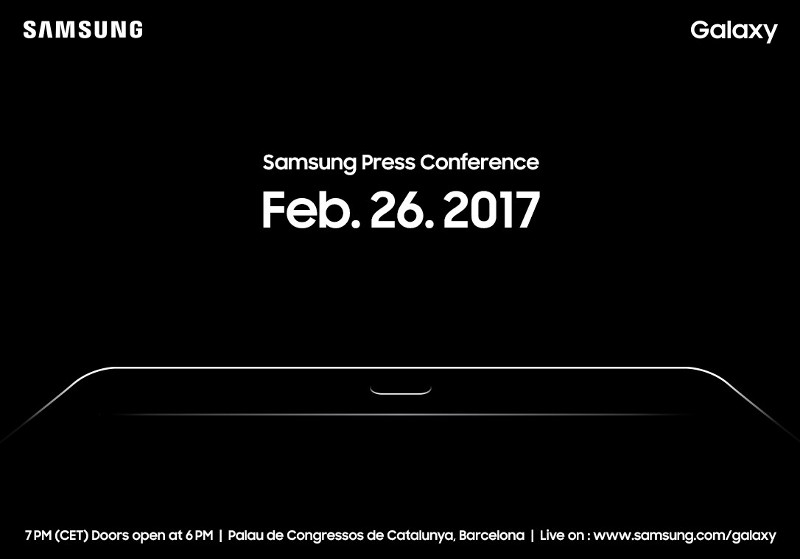
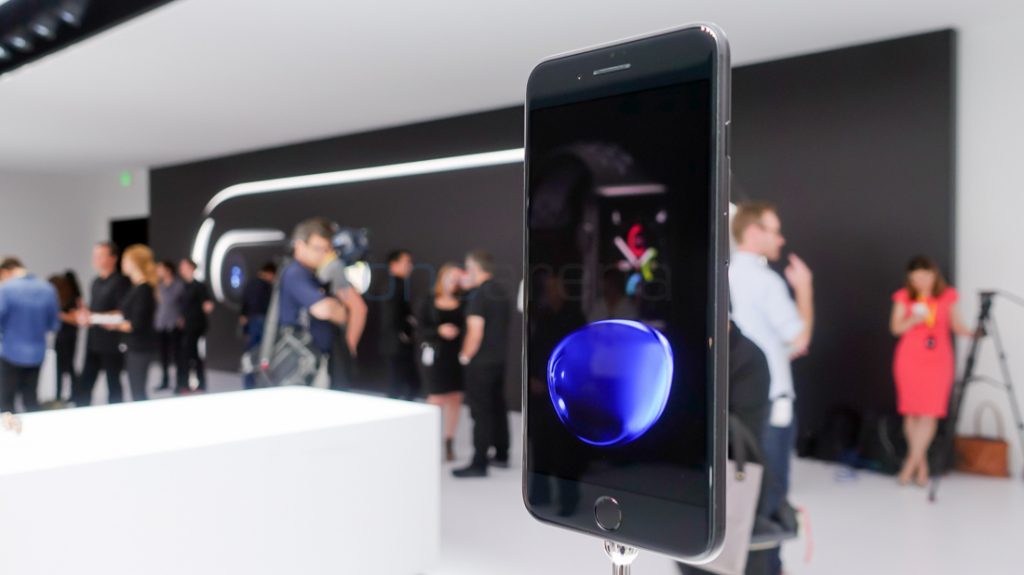
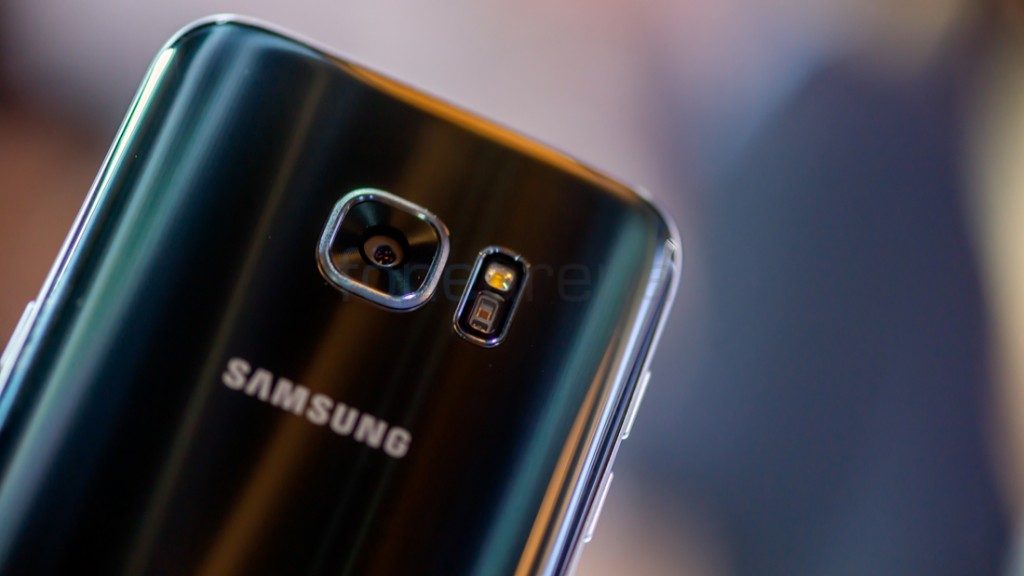
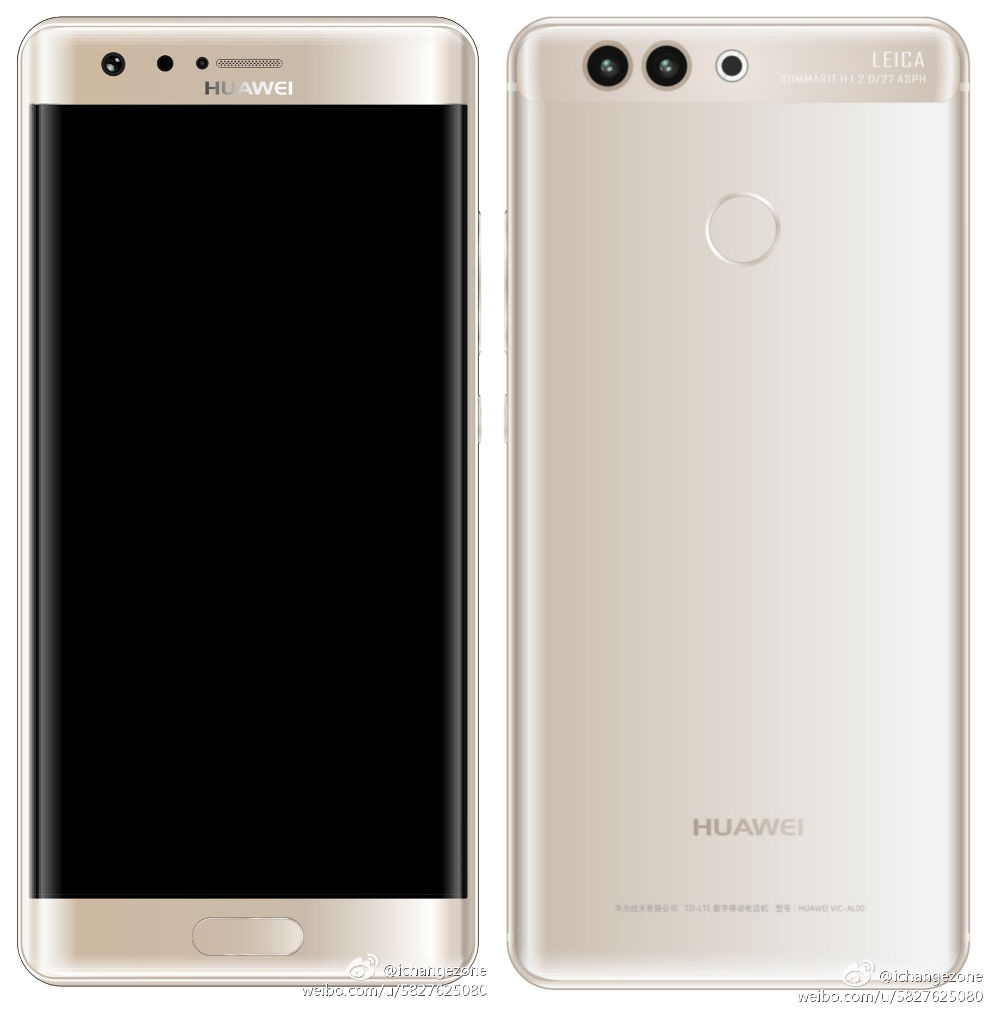







No comments:
Post a Comment